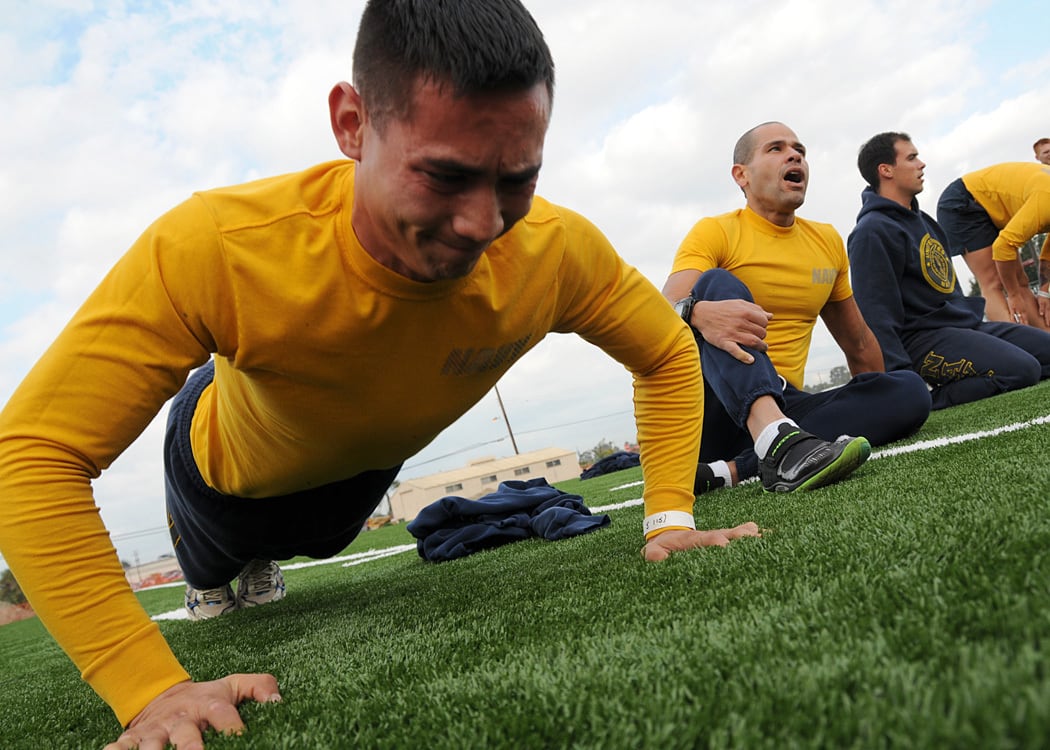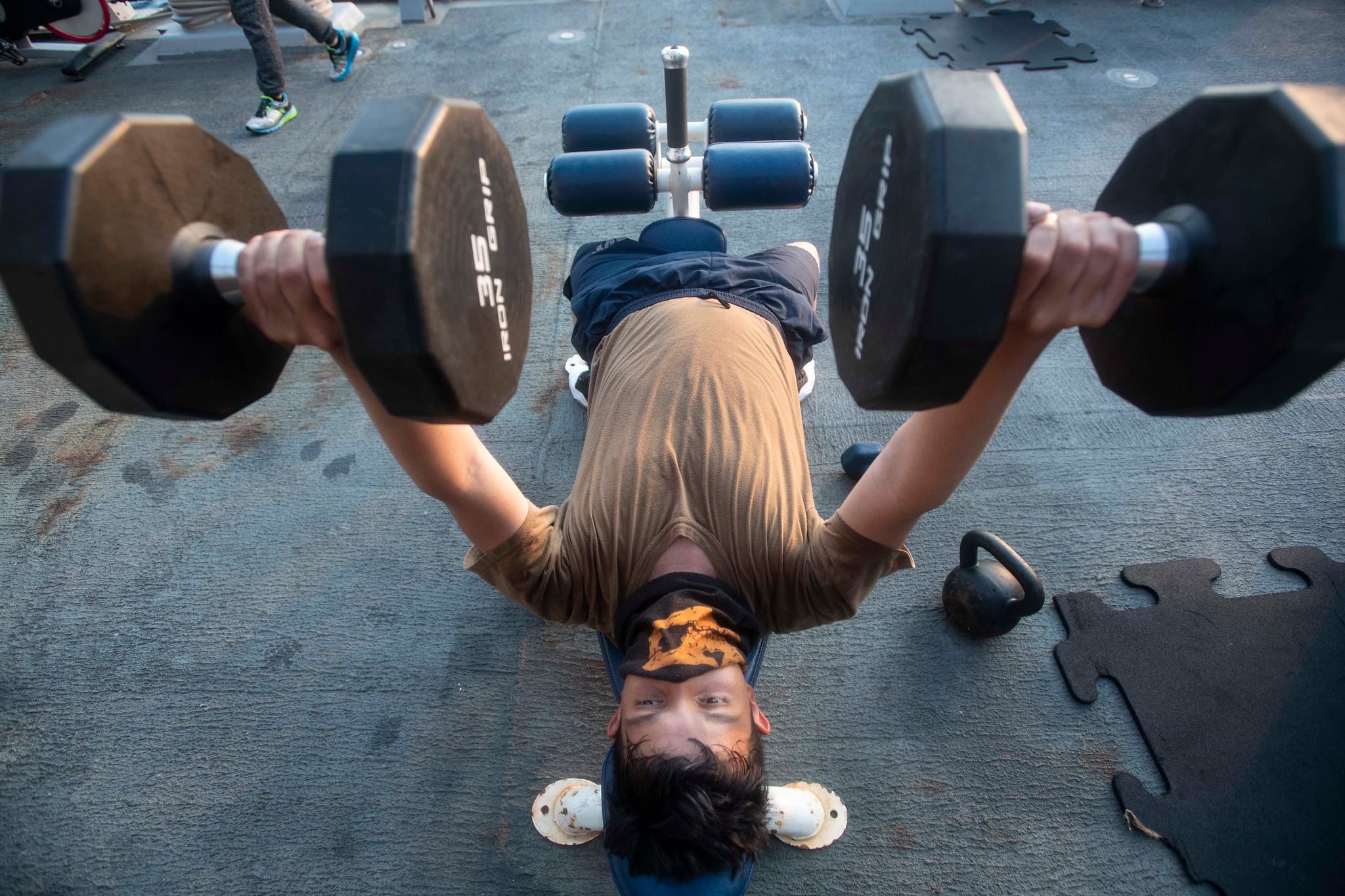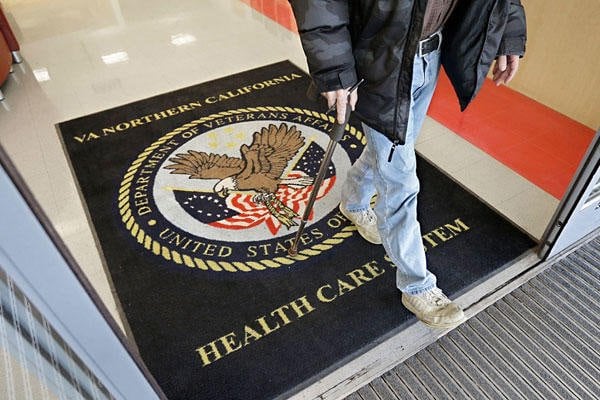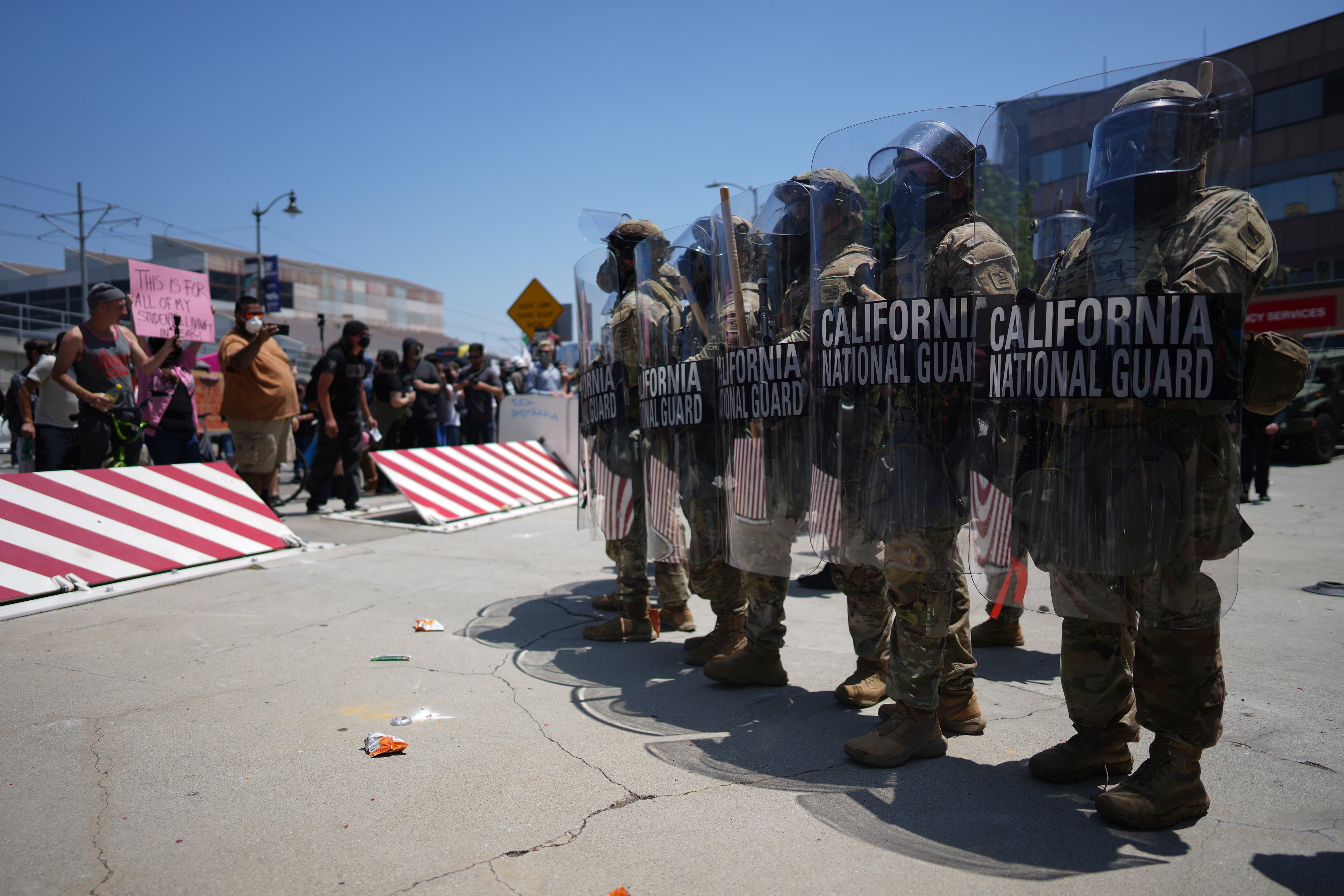The Navy has released information on how sailors will be evaluated on two new events coming to the Physical Readiness Test: planks and rowing exercises.
Starting in March 2021, the Navy will nix curl ups and replace them with a forearm plank event for the PRT to evaluate core strength. That’s because research indicates the plank is better for one’s body than curl ups, the service said.
“[Naval Health Research Center] determined that the forearm plank is a better test of core strength and abdominal muscular endurance,” the Navy said in a NAVADMIN released Wednesday. “The repeated spinal flexion movement of the curl-up is not operationally relevant, may aggravate lower-back injuries and does not appropriately challenge the abdominal musculature.”
Sailors between the ages of 17 and 19 will max out at 3:40 minutes for the plank event to receive an outstanding score. As sailors advance into different age brackets, outstanding score times are reduced five seconds. For example, that means sailors between the ages of 45 and 49 will max out at 3:10 minutes and the highest age group, those 65 and older, will max out at 2:50 minutes for the event.
Men and women are evaluated by the same standards for the plank event for all age groups.
The Navy said that it’s expecting sailors to experience involuntary muscle spasms that may cause some shaking while they are in the forearm plank. That’s OK — sailors just need to be sure to maintain their form in those instances.
The forearm plank event will stop due to several reasons, including the sailor lowering his or her head to hands, failing to maintain a 90-degree angle at the elbows, or receiving more than two corrections on form, among other things.
Failure to meet the minimum passing score for the plank event for the PRT doesn’t translate to an automatic failure of the PRT — at least for the 2021 PFA cycle and so long as the sailor passes the pushups and cardio events, along with the body composition assessment, according to the NAVADMIN.
RELATED

Likewise, sailors will also have the option to complete a 2,000-meter row as one of the cardio events for the first time come March 2021.
“The 2000-meter row is a non-weight bearing, low-impact exercise, which reduces impact on the legs,” the NAVADMIN said. “More importantly, rowing provides a full-body cardio workout engaging 80 percent of the musculature of the body.”
Female sailors are afforded approximately one minute more than their male counterparts in the rowing event across all age groups. That means that male sailors between the ages of 17 and 19 must complete the rowing event in seven minutes to receive an outstanding score, while female sailors must do the same in eight minutes to receive an outstanding score.
As sailors move up in age brackets, they are given more time to complete the rowing event.
Sailors can expect to kick off the PRT with push-ups, followed by the forearm plank. They will all conclude the PRT with the cardio event, the NAVADMIN said.
RELATED

After being delayed for all of 2020 due to the COVID-19 pandemic, Chief of Naval Personnel Vice Adm. John Nowell Jr. announced this week that the Navy’s physical fitness assessments would resume in March 2021. Rather than conduct two cycles in the spring and fall as is customary, Nowell said that the Navy has opted to do one cycle from March to September.
Although sailors were bracing for the fitness tests to pick up again in January, Nowell said it was pushed back due to concerns with COVID-19 and flu season.
“January is still right in the middle of flu season and so we are close to the formal approval to go ahead and get the word out that we will do one cycle next year,” Nowell said during a Facebook live “town hall” event on Tuesday. “It will start toward the middle of March — so after flu season, when it’s warm enough — as we look at doing it for about six months, through September, so you can get outside and do it, mitigate that risk.”
A full guide to how sailors will be graded on the PRT is available here.





